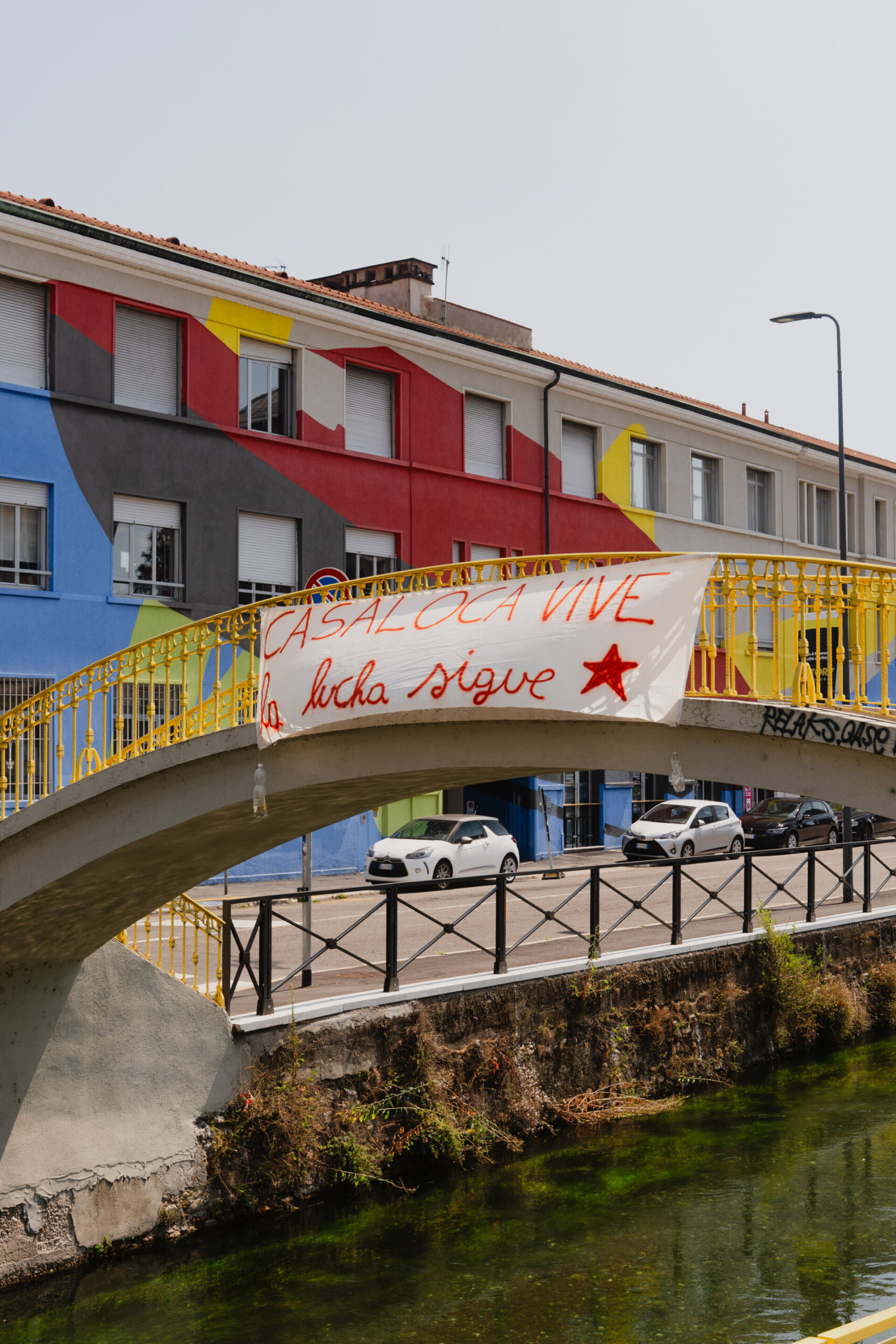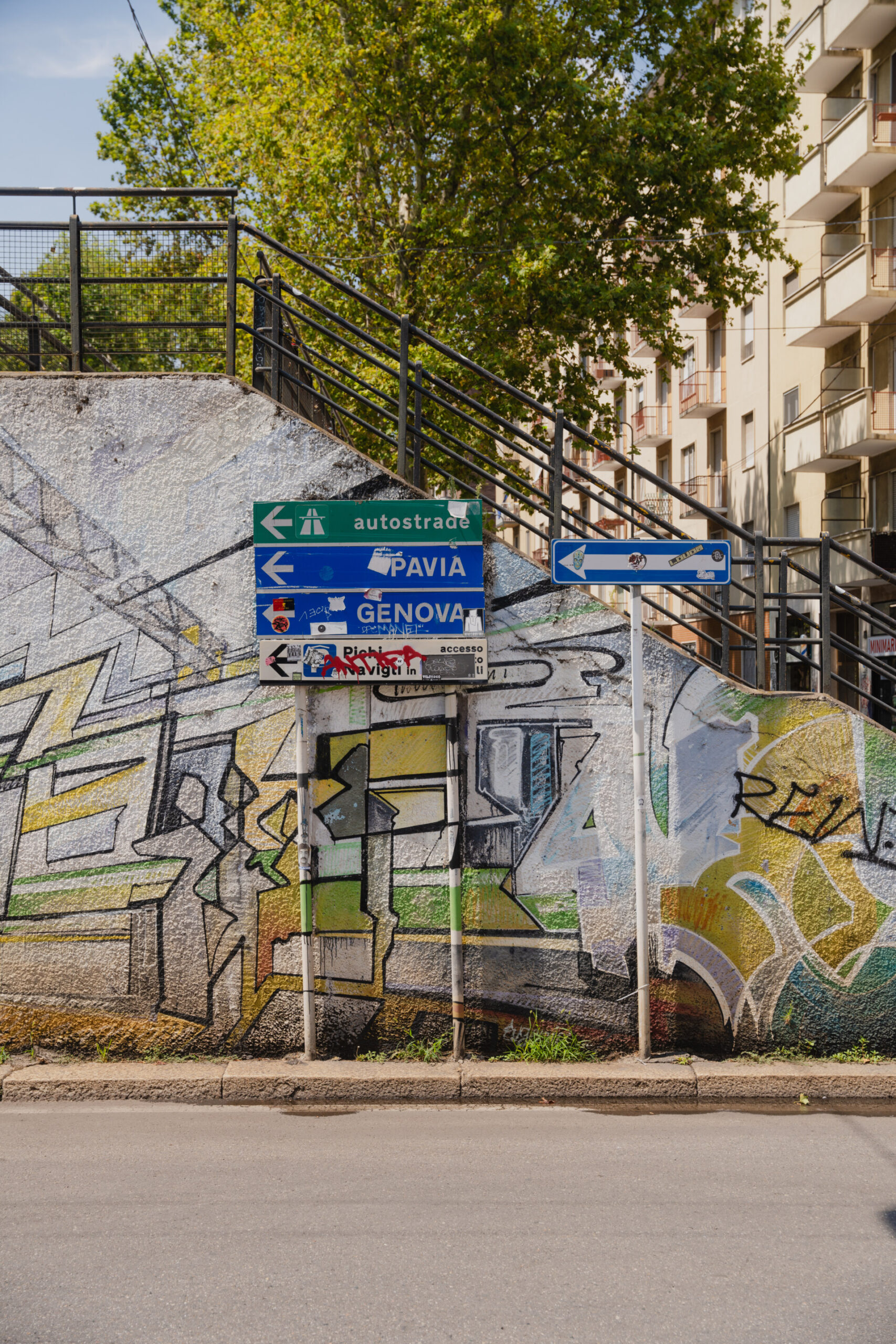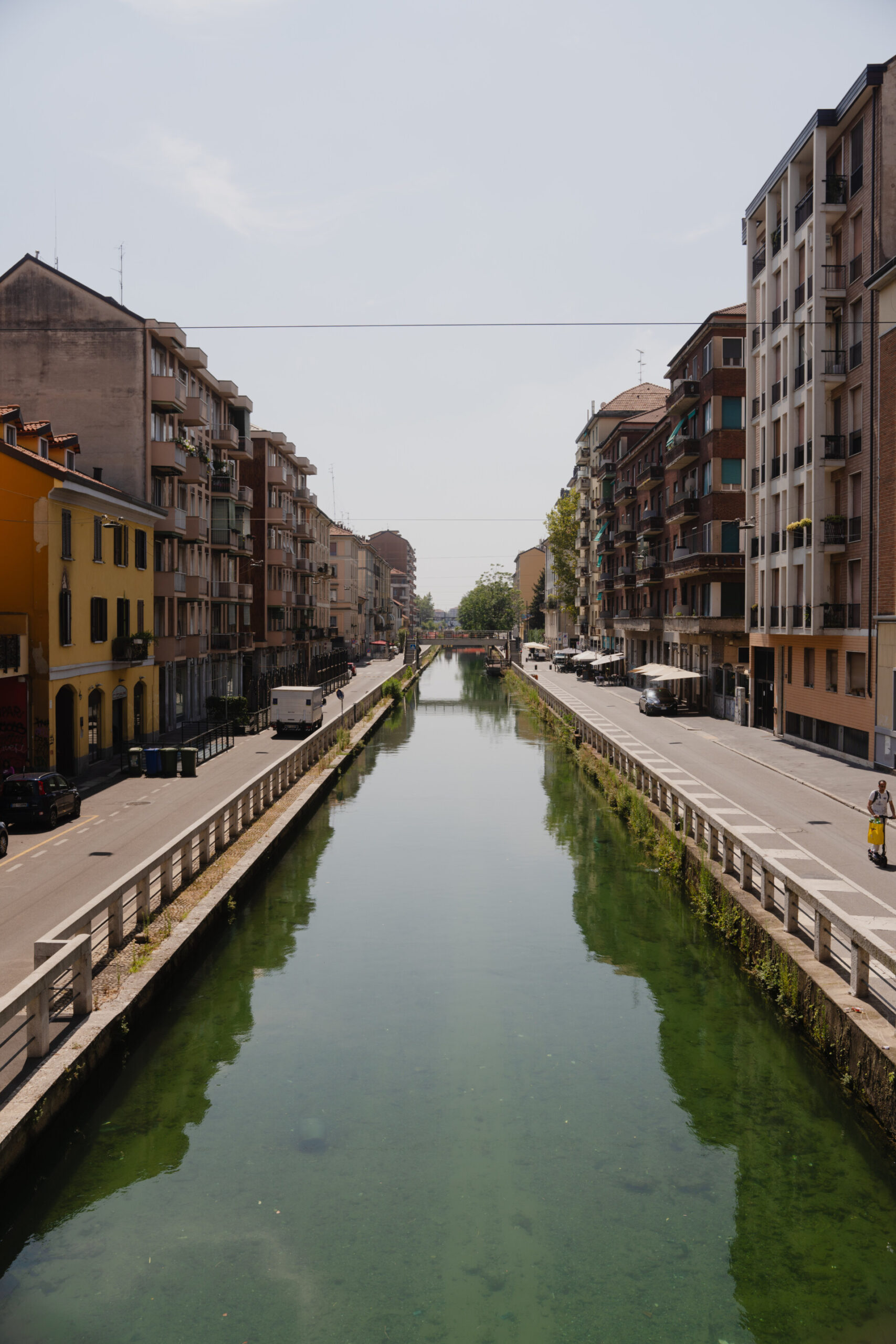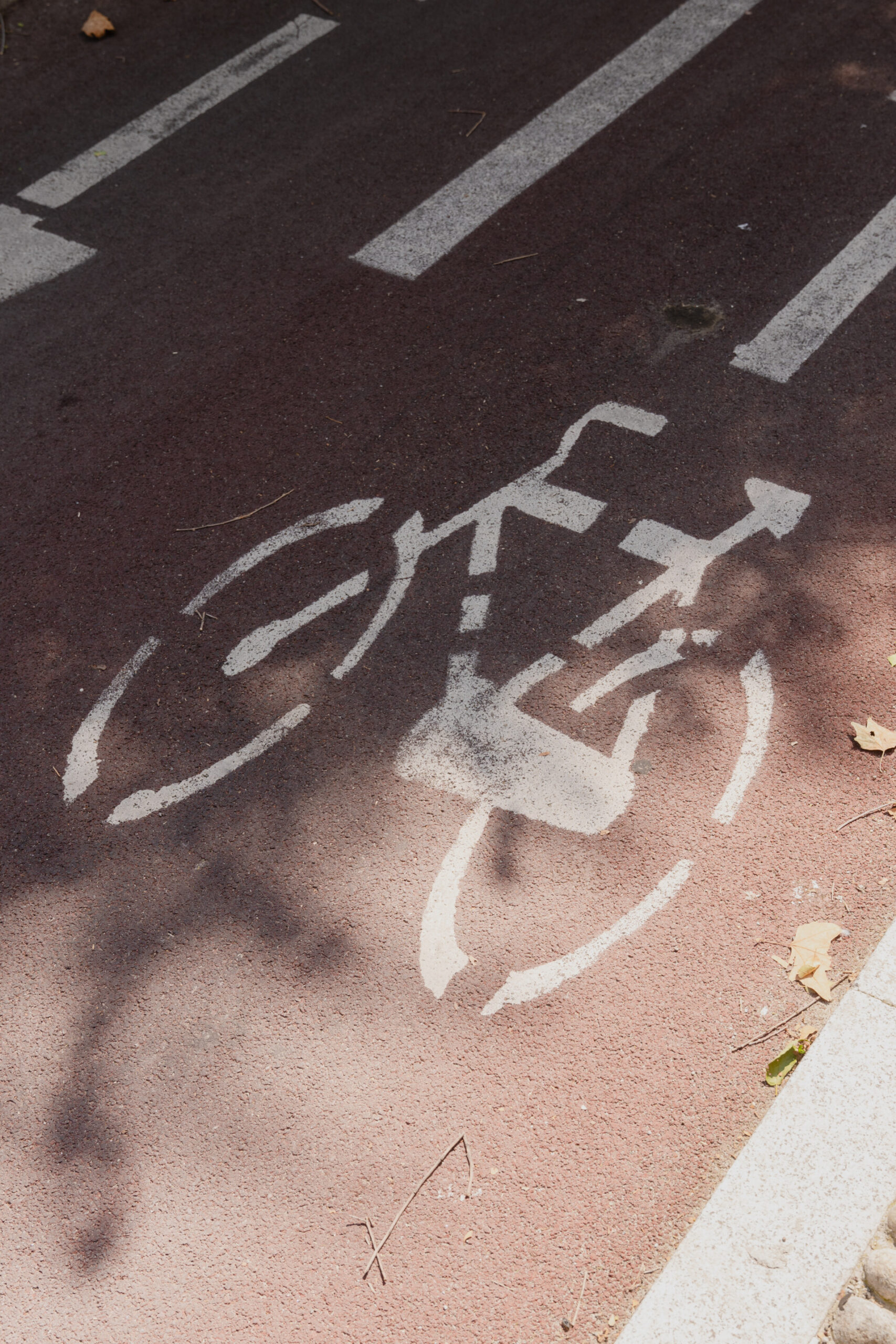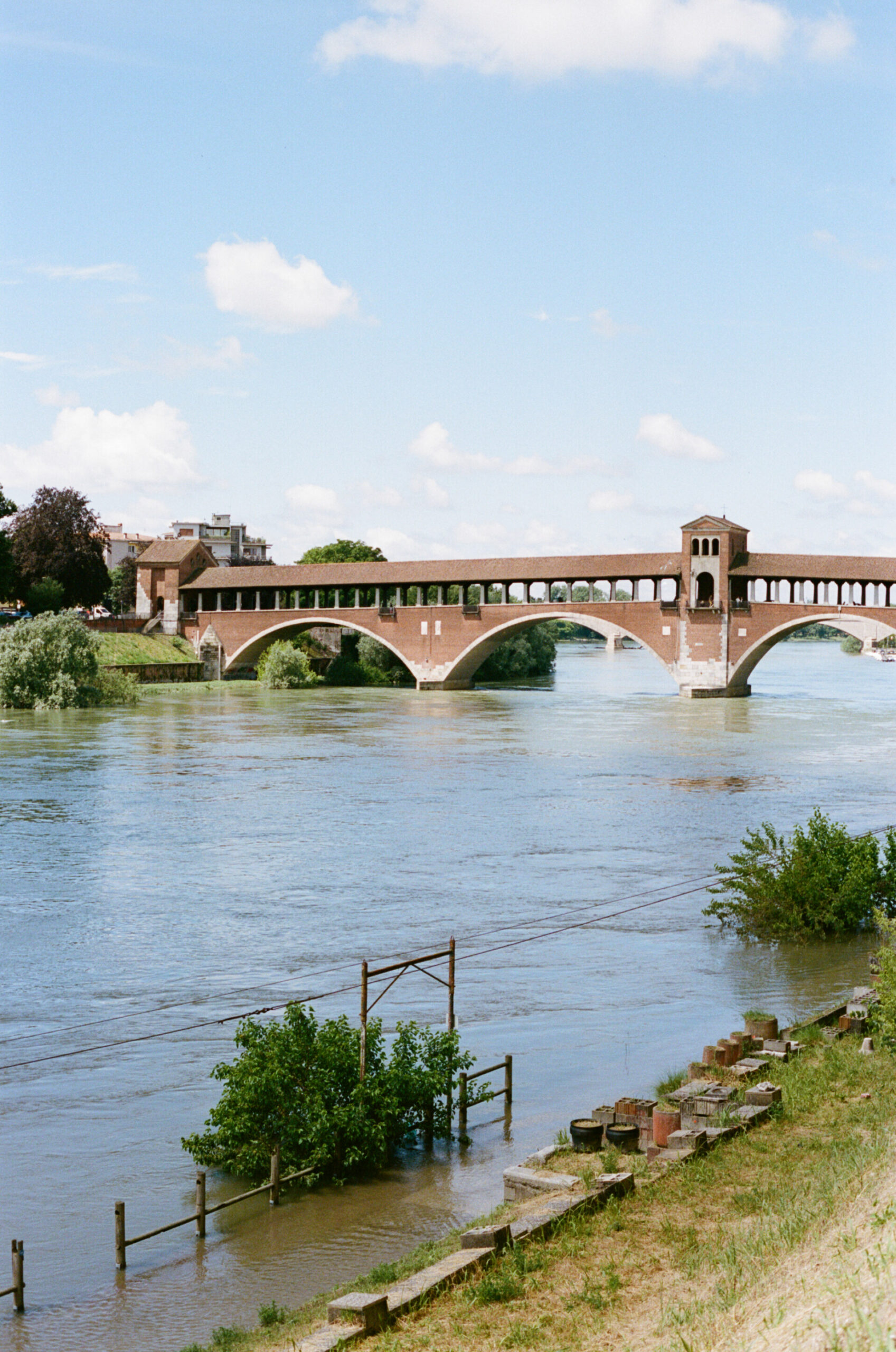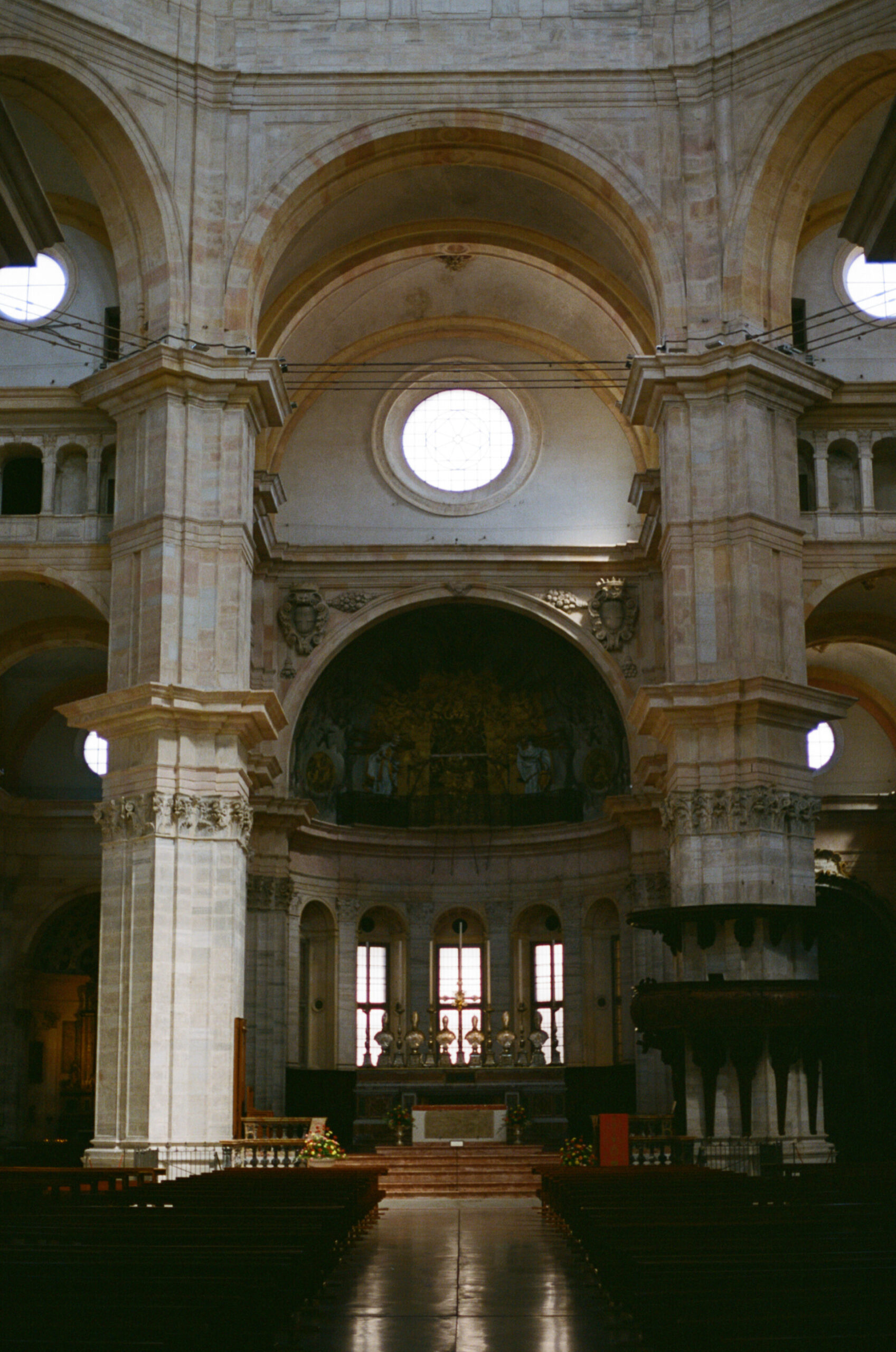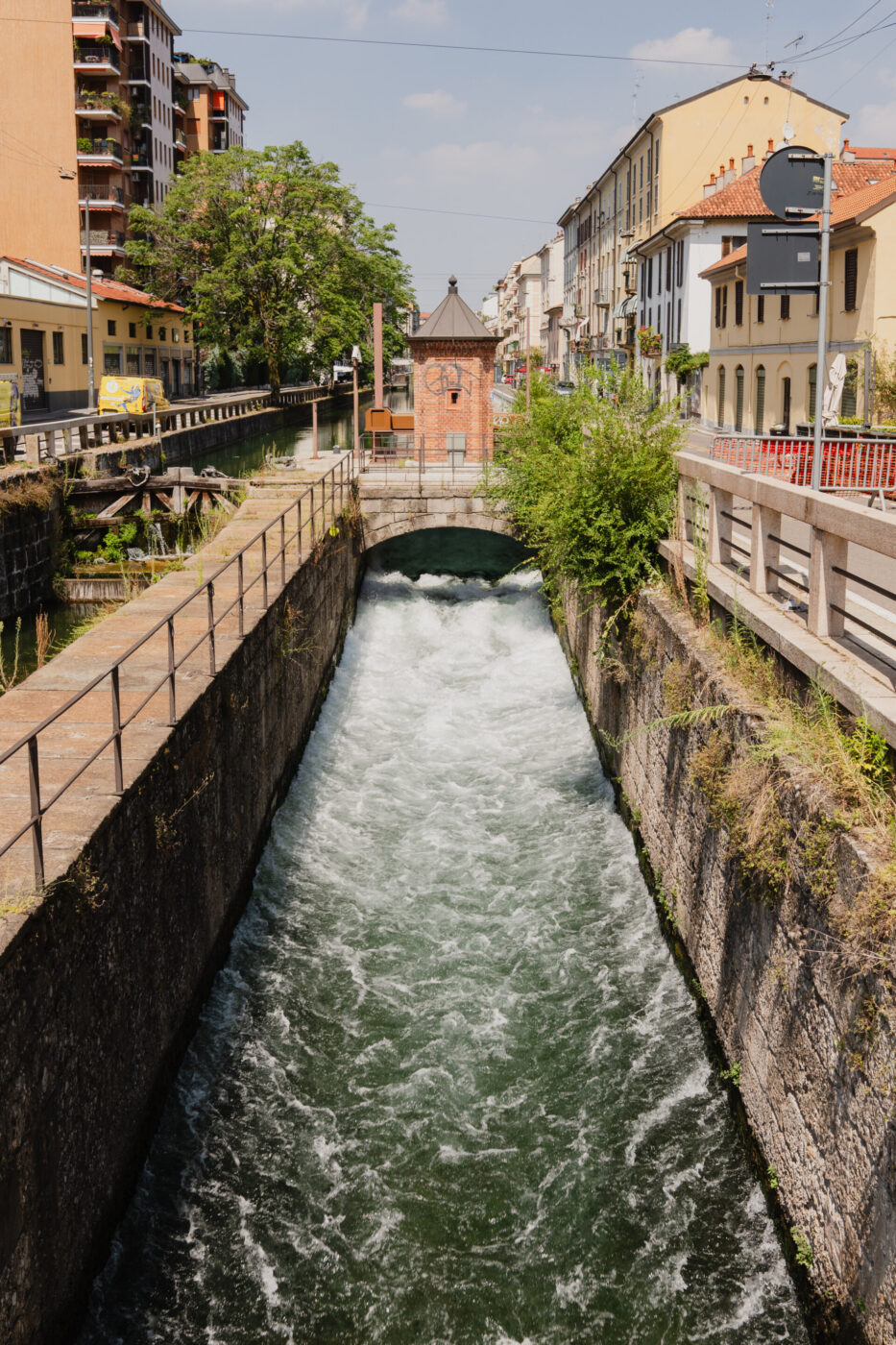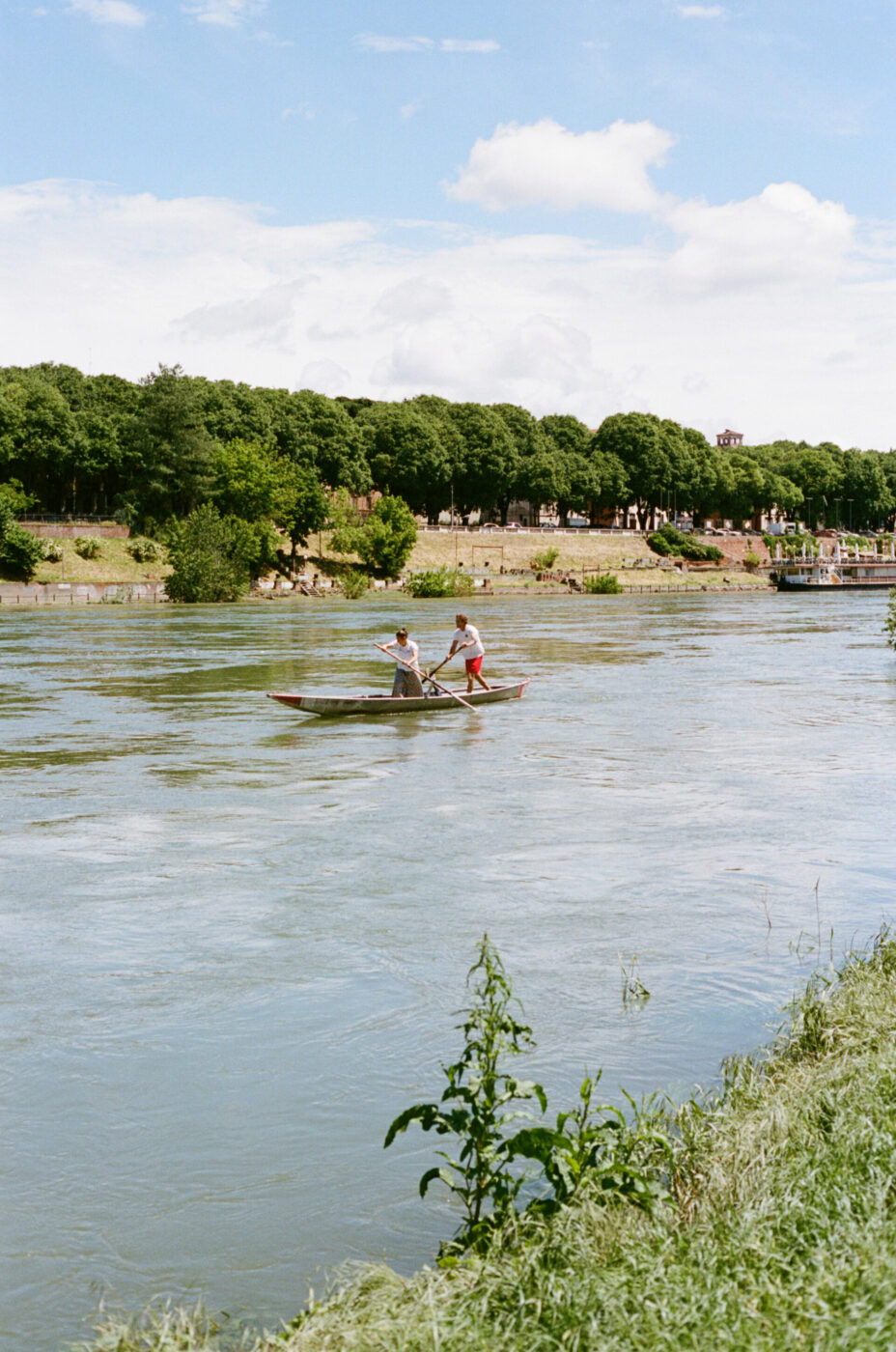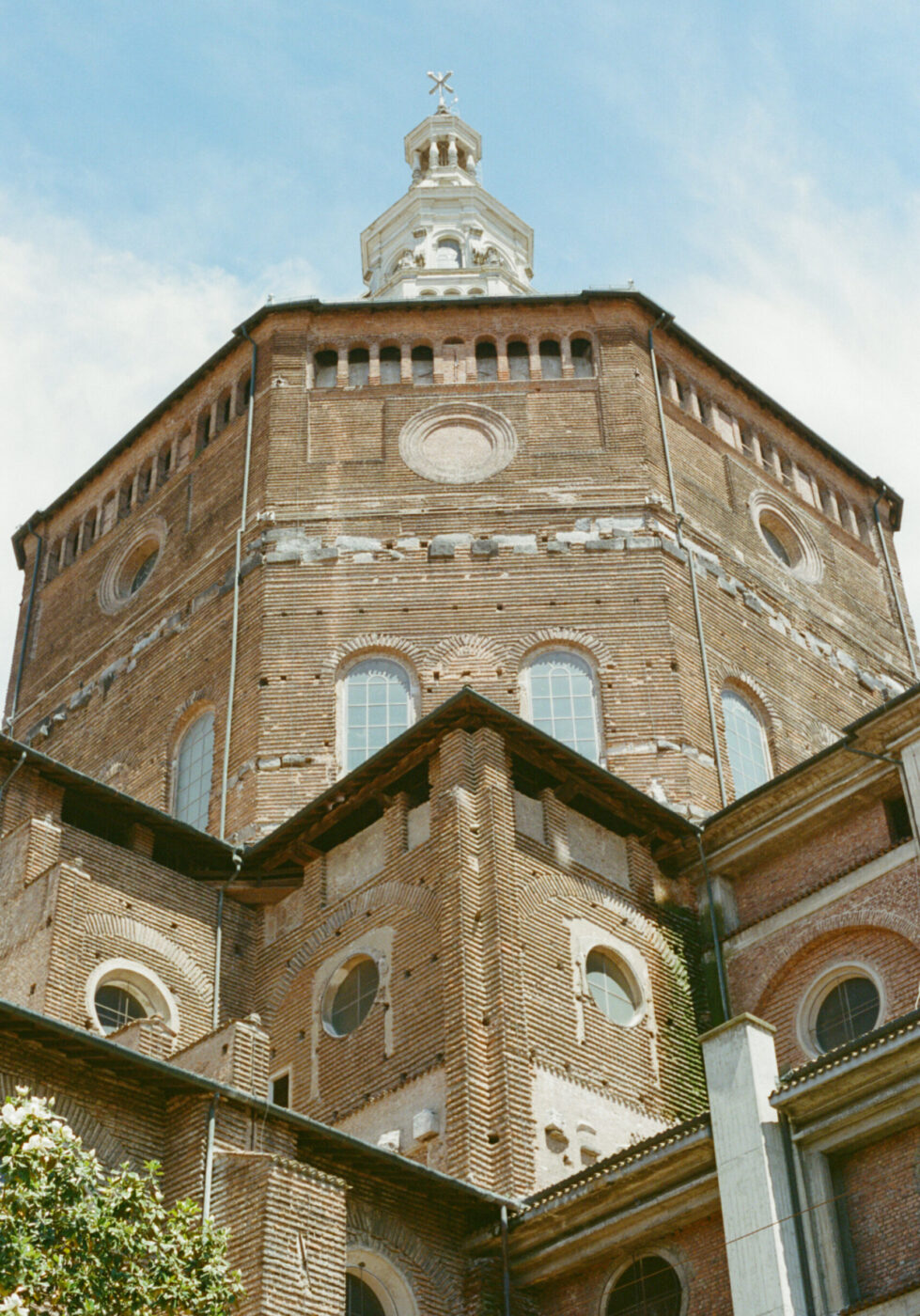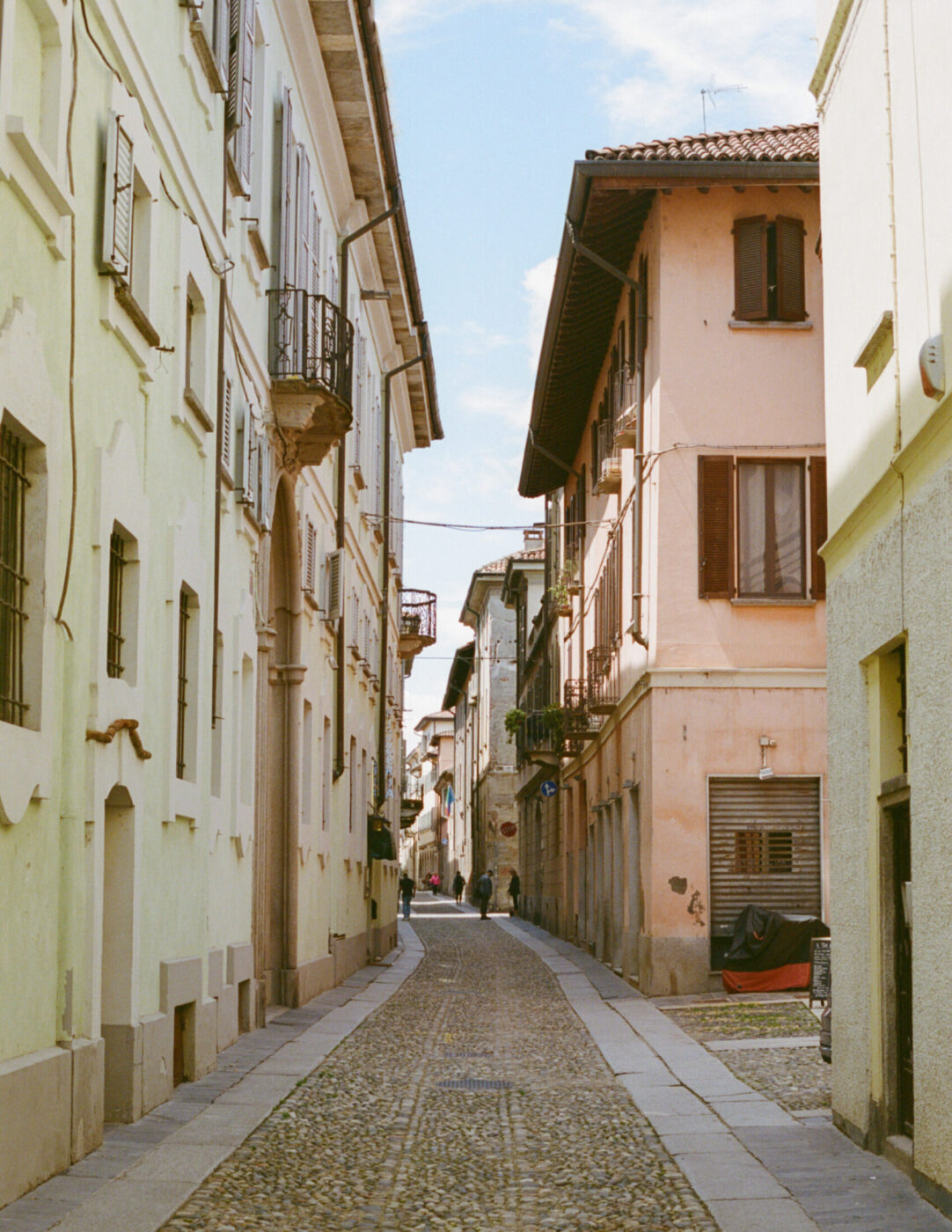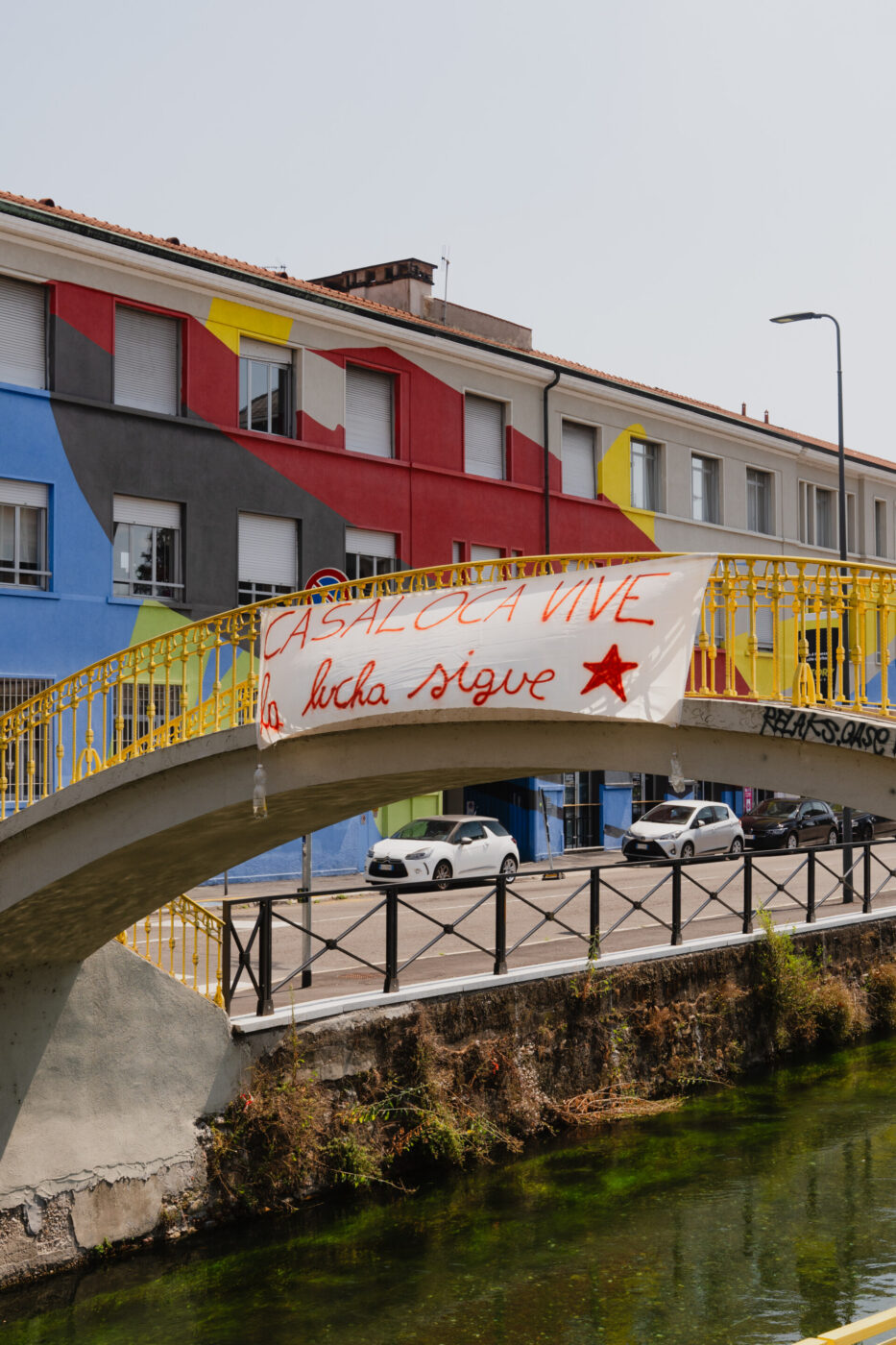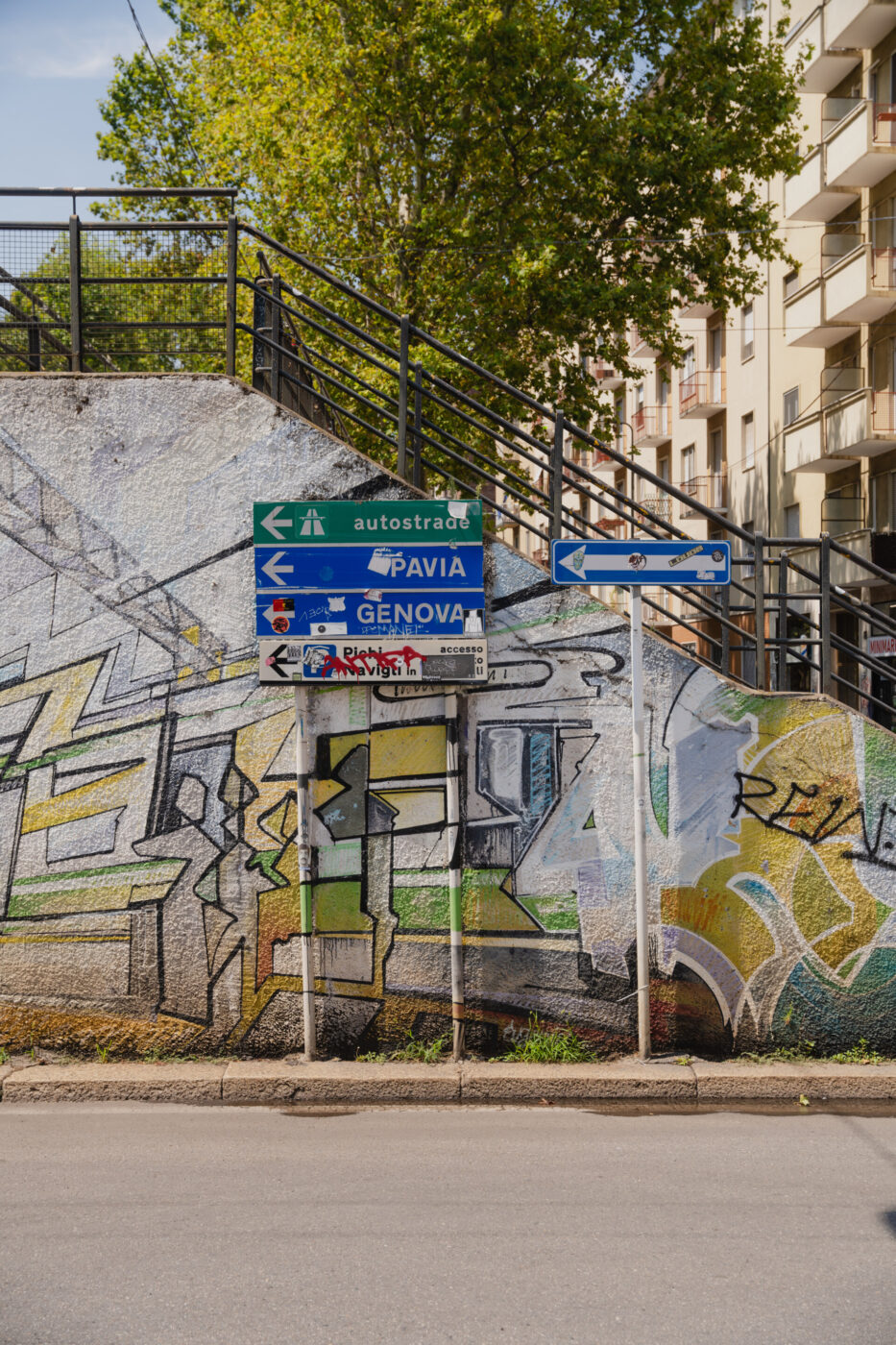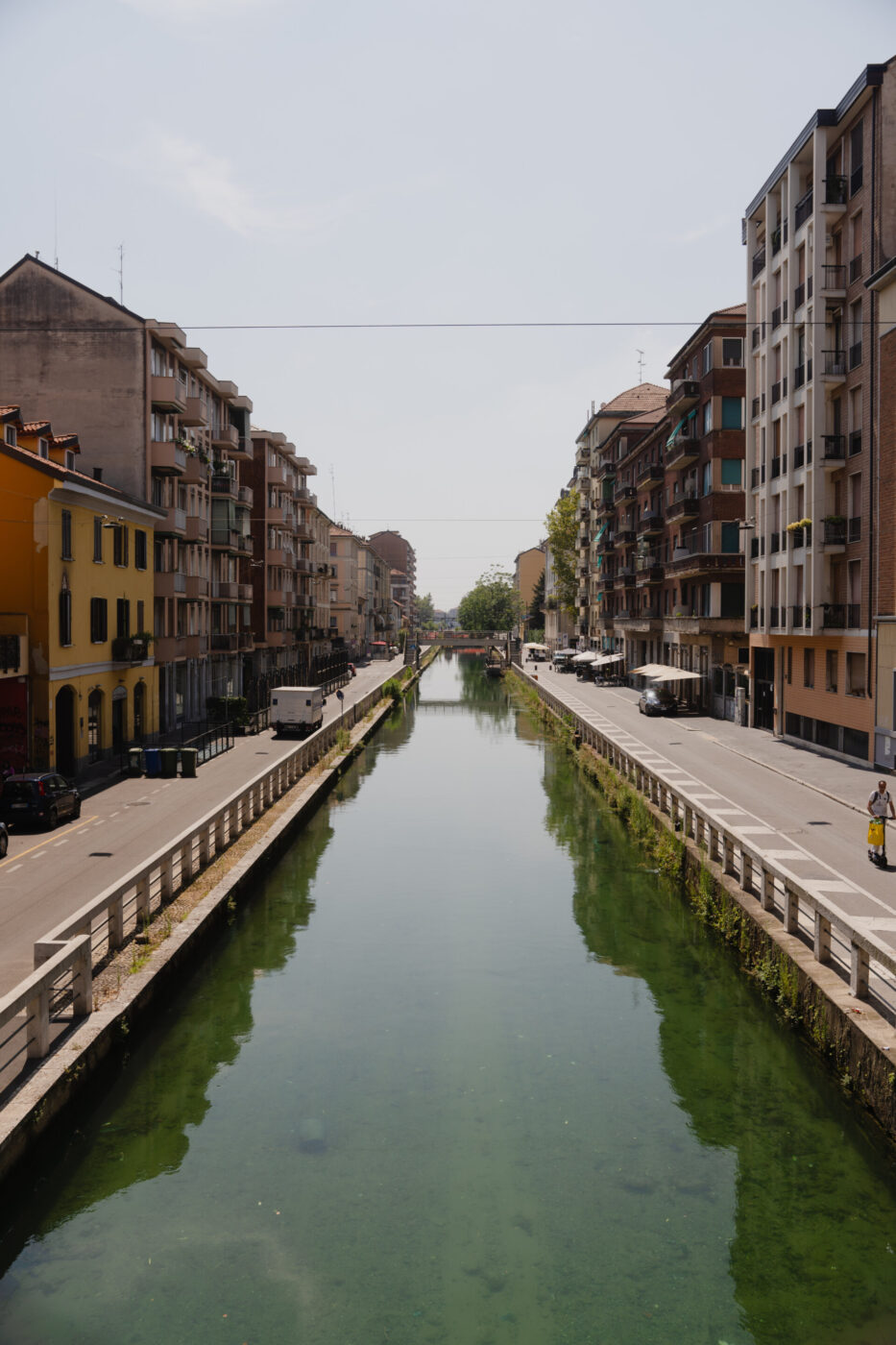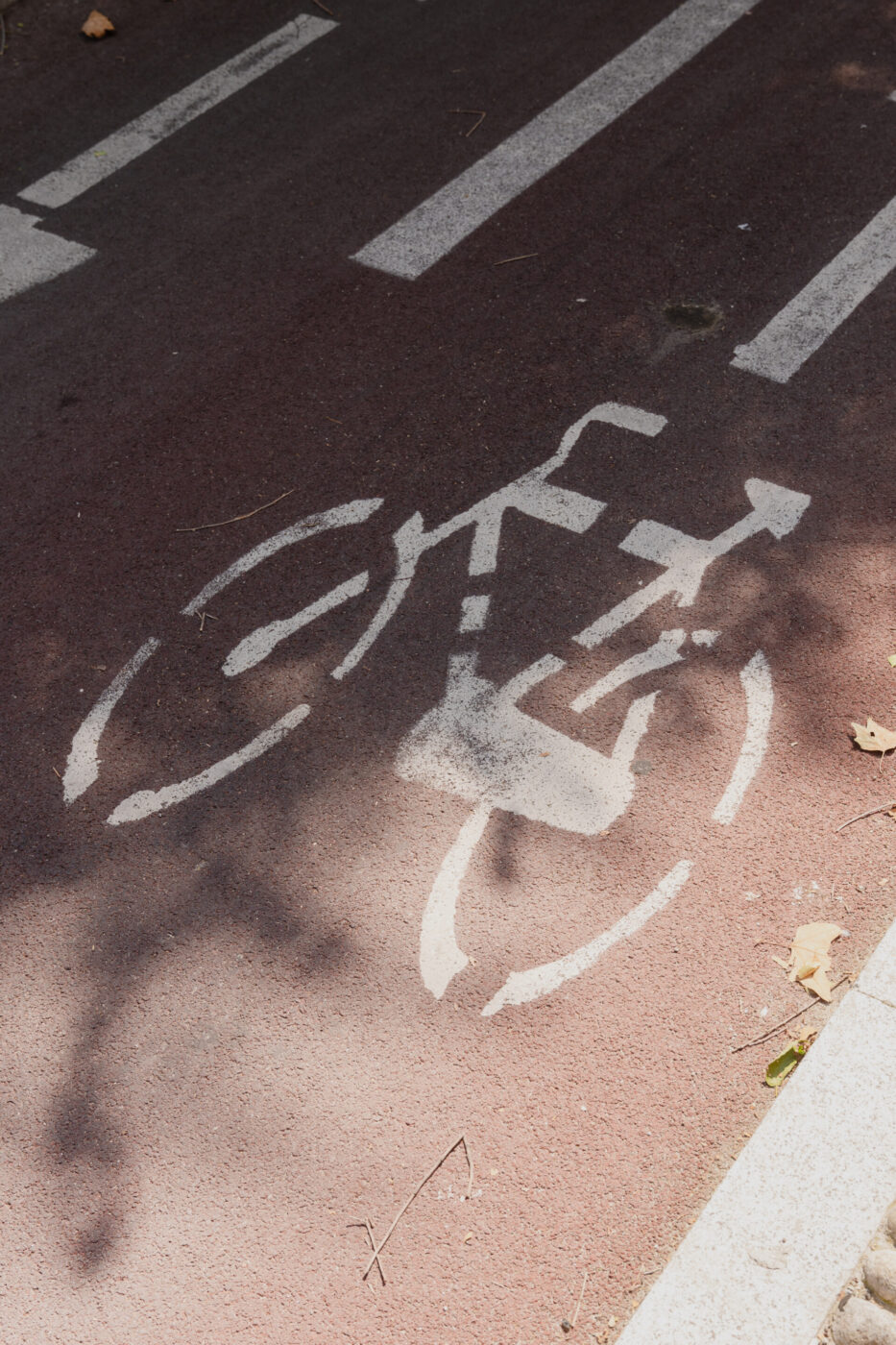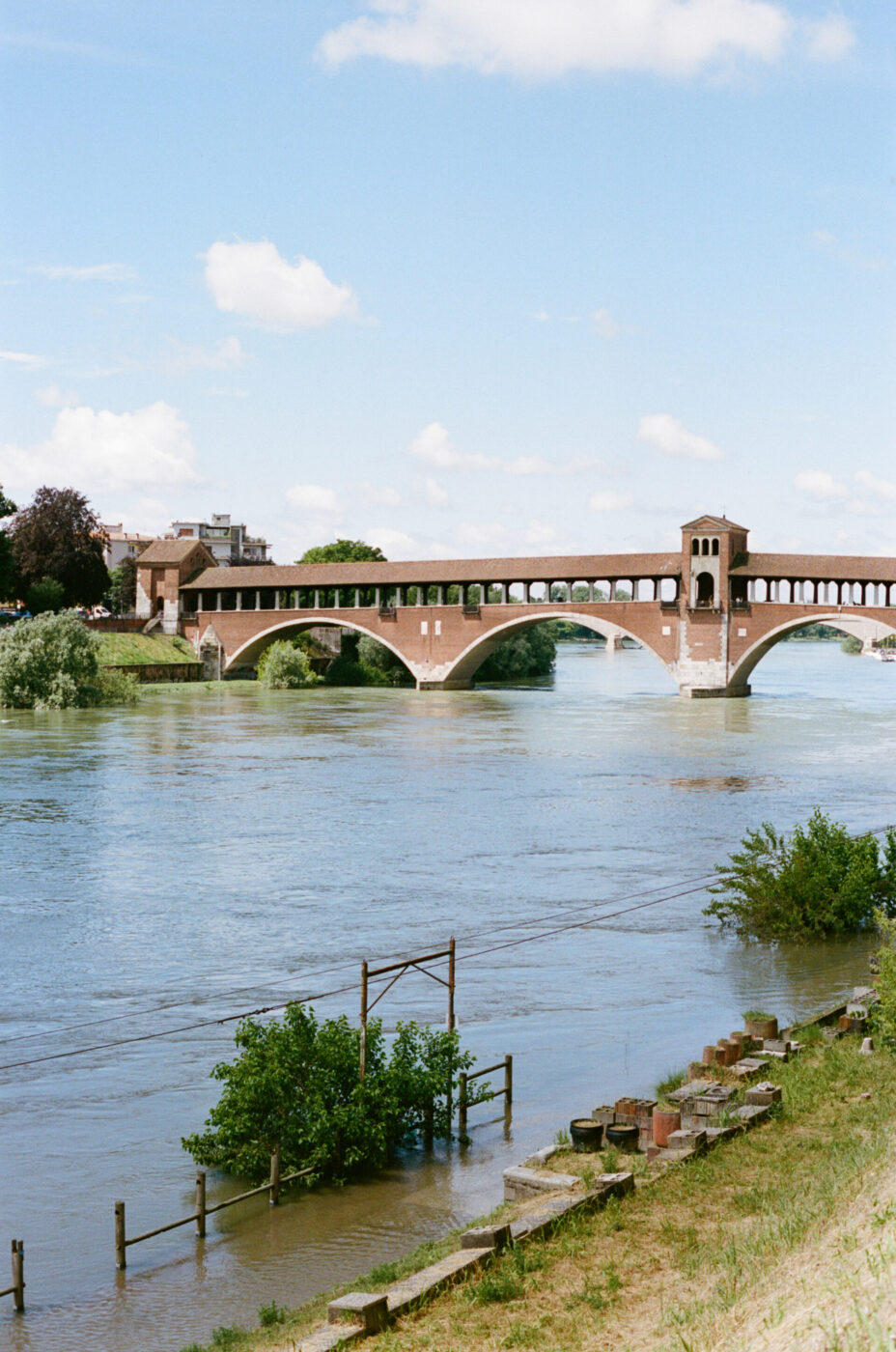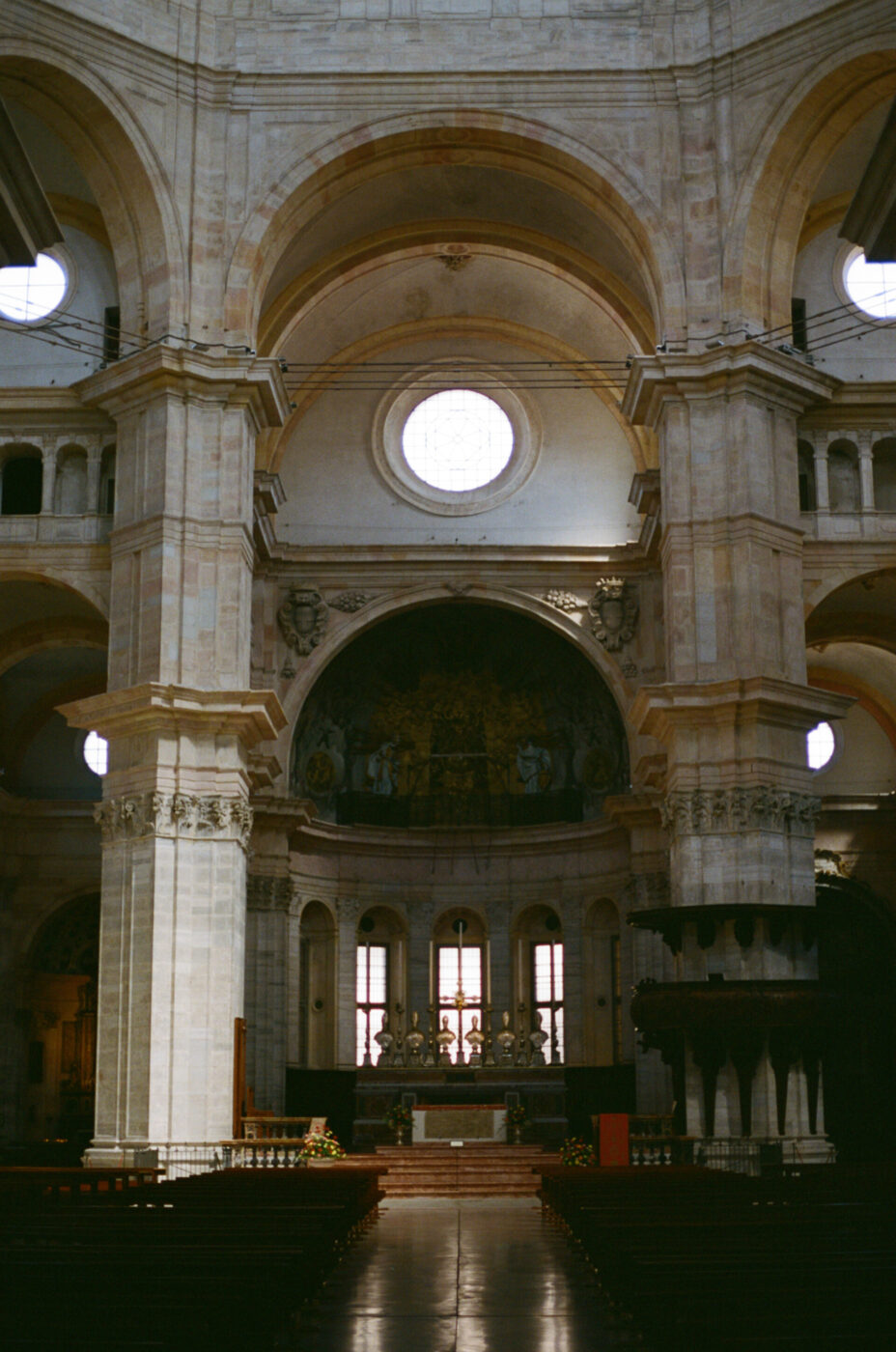For a time, Milan has been a frequent and much-awaited date for me. I’ve always had a soft spot for it, and I still do. My rose-tinted view is most definitely partial: I have never lived there and so, as someone who’d only be passing through and never really got to scratch the surface–busy metro lines, rising housing costs, and all–I have always been fortunate enough to experience and retain the positive, collecting glimpses of a place where things–culture, design, dining options, sharing services, live performances–arrive earlier and more abundantly than in other parts of the country.
And still, throughout all my visits, I had always explored little more than the center. I knew nothing of what lay beyond the two-directional ring of Viali encircling the heart of the city, save, predictably, for Fondazione Prada. But that changed after I fell in love with someone who spent half their time in a studio flat near the Naviglio Pavese. During the brief period we shared, I got to know Milan more intimately, often swapping my two legs for two wheels and covering longer distances. Soon enough, weekends became the perfect excuse for cycling away from the traffic and exploring the surroundings of a province and region I knew very little about.
One spring-like Saturday in March, we decided to ride along the Naviglio Pavese all the way to the historical center of Pavia. Thirty-five kilometers–approximately two and a half to three hours–each way on a mostly flat, low-traffic path makes for an ideal, low-key weekend adventure. Starting from the Darsena of Porta Ticinese in Milan, this route is a classic for Milanese cyclists: you leave the city and suburbs behind and soon find yourself pedaling along a bike path beside the canal, crossing open fields, rural towns, and villages.
But before we go further, a bit of context.
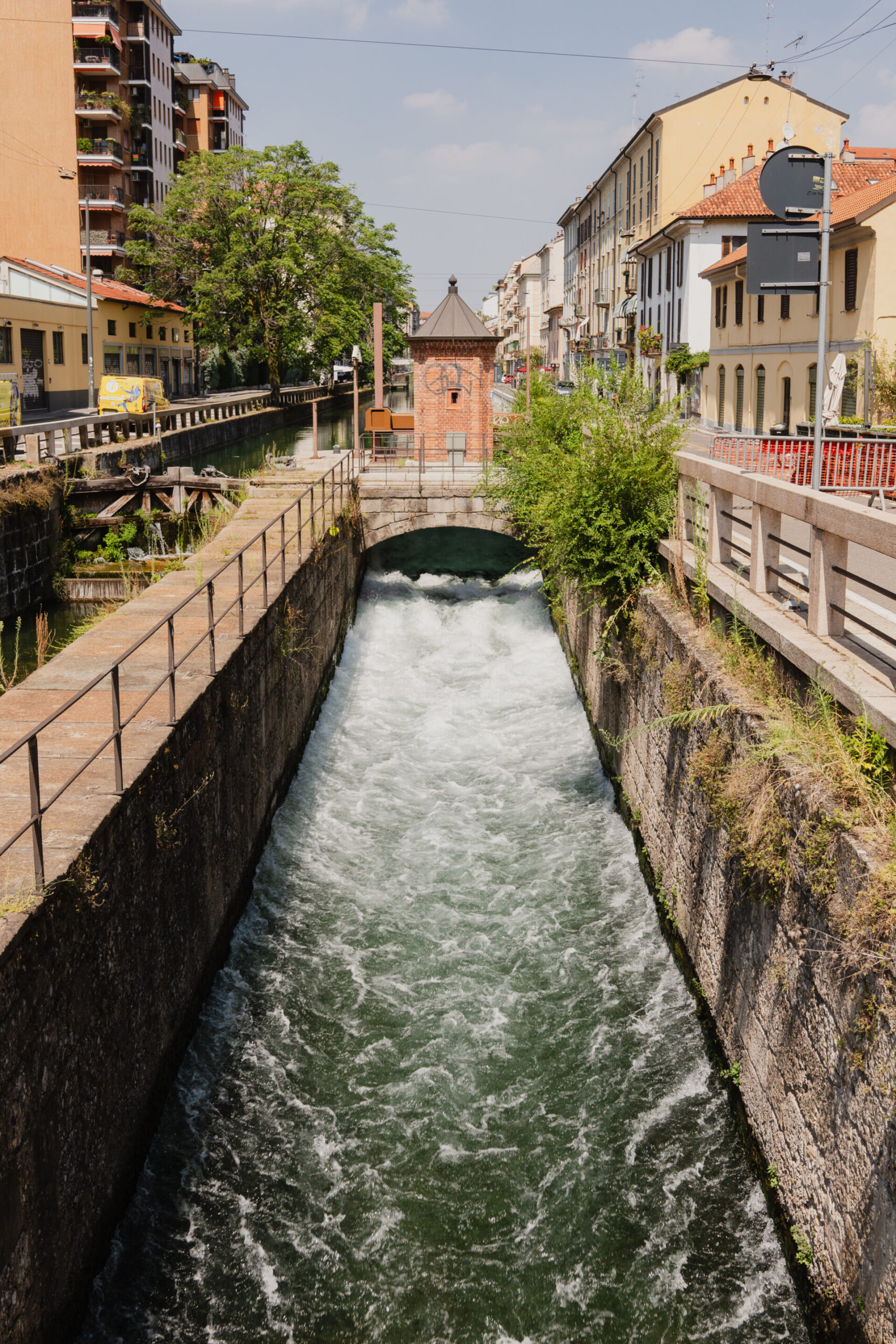
The Naviglio Pavese
The Navigli: From da Vinci’s Vital Canals to a Vibrant District
The Navigli are a system of interconnected canals originally constructed to improve irrigation, transportation, and defense in Milan and the Lombardy region, which came to play a crucial role in the economic and social development of the area. The first was the Naviglio Grande, constructed between 1177 and 1272, connecting Milan to the Ticino River. Next came the Naviglio Pavese, initially envisioned during the Renaissance. At that time, Leonardo da Vinci, invited to Milan by Ludovico Sforza, made significant contributions to its engineering, designing an innovative system of miter lock gates that improved water management and navigation, as well as hygiene, transportation, and trade. However, the Naviglio Pavese project gained momentum only centuries later, during the Napoleonic era, and was completed in 1819 with the return of the Habsburgs, linking Milan to the Po River and enhancing connectivity to the sea. Between the 19th and early 20th centuries, with the rise of the first industrial activities in Lombardy, the Naviglio Pavese experienced its golden age, developing a complex and significant economic system along its route.
Today, it has become an integral part of the Navigli district, a trendy neighborhood that epitomizes the city’s aperitivo culture and “Milano da bere” lifestyle. Brimming with bars, clubs, independent art spaces, and contemporary eateries offering locals and passers-by a chance to mingle and unwind in a dynamic–if sometimes boisterous–atmosphere, the Navigli are also the backdrop to monthly antique and vintage markets, weekly food markets, and regular cultural events. Not least, the Naviglio Pavese serves as an ideal route for exploring the province of Pavia, known for its academic traditions, food culture, and stunning works of art and architecture.

...and you've made it to Pavia!
Cycling the Canal: What to Do, See, and Eat in Pavia
After 30 kilometers of swift but comfortable pedaling along the Naviglio, you’ll be faced with the first major reward. To the left, along the tree-lined Viale, the Certosa di Pavia emerges in all its majestic beauty–its towering spires and ornate carvings casting a spell of reverence over its tranquil surroundings. Founded in 1396, this Carthusian monastery is an ode to Gothic and Renaissance architecture, with an intricate façade adorned with a tapestry of statues and reliefs. Inside, the serenity of the cloisters feel like an embrace. There might not be a soul in sight, save for another couple of cyclists who might have had your same idea, and that is part of its beauty. However, note that the gates close at noon and reopen later in the afternoon, even on weekends, so time your visit accordingly.
A few kilometers more and you’ll find yourself in the cobbled streets of Pavia’s historical center, just in time for lunch. Friends in the know tend to recommend Torre degli Aquila, but if you’re planning last-minute, securing a table might be a challenge. If that’s the case, try Antica Osteria del Previ, a perfect place for a traditional, well-thought-out meal. The vintage vibe is retained with copper pots hanging from the ceiling and classic wooden tables covered in immaculate tablecloths. The service is delightfully informal, and the menu, short and solid, leans heavily on tradition with seasonally attuned options. The celebrated rice dishes of the area–Pavia being the largest producer of rice in Italy–are a highlight, but the signature cappellacci stuffed with braised beef and veal, doused in sage-infused butter, is a classic that never grows old. You might want to start with an artisan cured meat and cheese board (including goose salami) and, since you’re not driving, indulge in a bottle of Pinot Noir from the Oltrepò Pavese. Its light body and sprightly acidity pair perfectly with the pasta.
After lunch, take some time to lazily explore the main attractions. In good weather, locals flock to the gardens of the Castello Visconteo and along the Ticino River, and it might be a good idea to join them. The Castello Visconteo, in particular, is an impressive, imposing presence–a majestic medieval fortress with robust towers and thick, perfectly preserved walls, lightened by elegant arcades, slender windows, and porticos. Walk the perimeter and the porches, and consider whether opting for the exhibit inside or else for a break–and, why not, a short snooze–on the fresh grass of the perimetrical lawn.
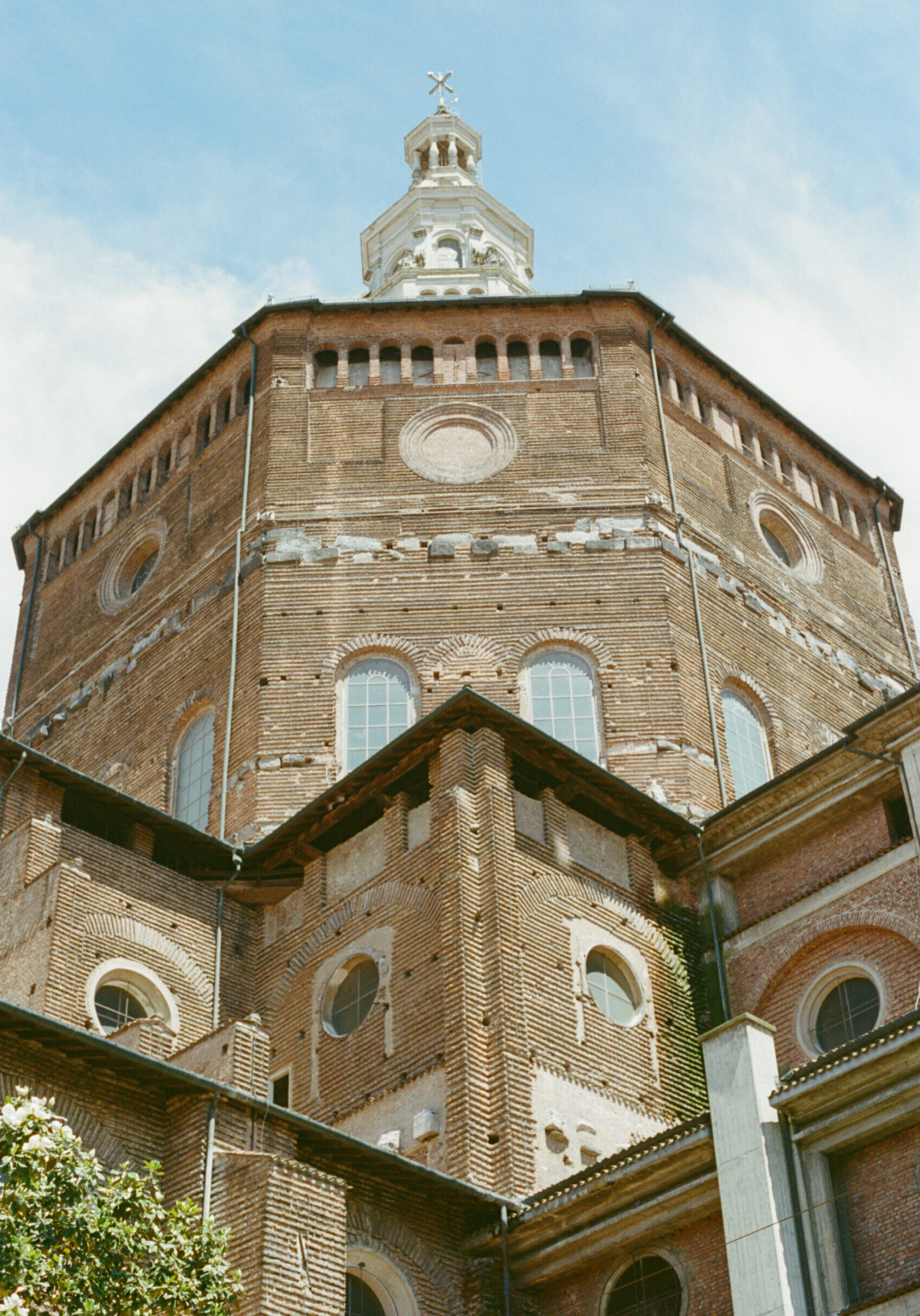
Duomo di Pavia
Pavia is a university town, evident from the kinds of crowds filling its streets and the many historical buildings devoted to various disciplines nestled in the city’s heart. The University of Pavia, one of the oldest in Europe, founded in 1361 (almost simultaneously with the Castello and the Certosa), has nurtured numerous luminaries, including Alessandro Volta, the pioneer of electricity, and Nobel laureate Camillo Golgi, who completed groundbreaking work in biology and the study of cells (the Golgi apparatus, a part of the human cell responsible for transporting, modifying, and packaging proteins and lipids, was named after him). The university’s museums, including the Museum of Natural History, the Museum of Electrical Technology, the Museum of Mineralogy, the Botanical Garden, and the Museum for the History of the University, offer glimpses into its academic community’s impact over time. Given the nature of a cycling trip, it’s best to pick and choose based on your interests. If you, like me, have a particular fondness for churches, I recommend focusing your attention accordingly, as there’s plenty to see. Don’t miss the 15th-century Duomo, with its brick façade, soaring naves, polygonal dome, and precious relics of the Holy Thorns of Christ: it’s a rewarding visit without being too time-intensive.
No trip to Pavia is complete without a coffee and a slice of original torta paradiso–a soft, buttery cake that’s become a symbol of the city–at the time-honored Pasticceria Vigoni. Have your fill of fin-de-siècle vibes, sugar, and caffeine before retrieving your bike and hitting the road, mindful of making it back by dusk. Pedal away along the quiet road, enjoying the exercise and the fresh air of the country. You’ll make it back to Milan in time for dinner.
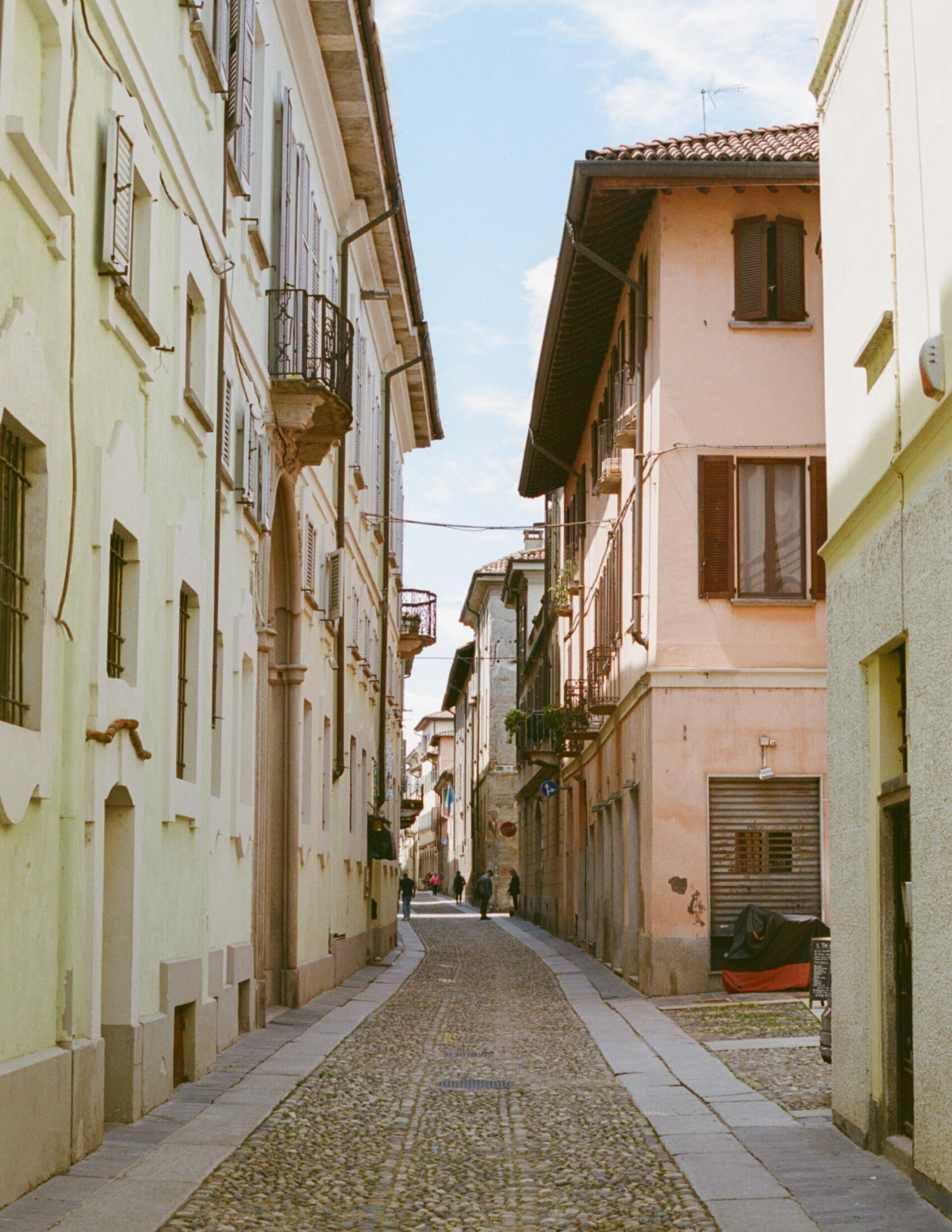
Pavia is as charming as can be
